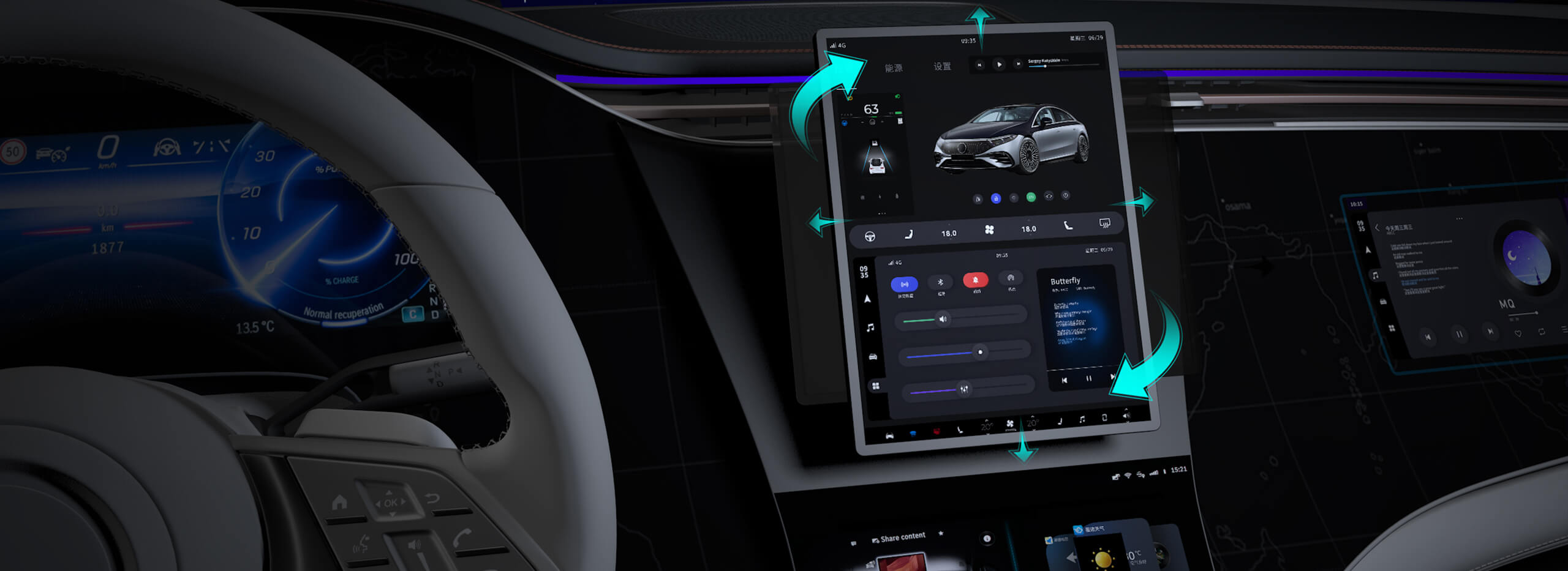Bringing Motion to Life: An Introduction to Servo Motors and Arduino
Imagine crafting a robotic arm that picks up objects, a camera mount that pans smoothly, or a remote-controlled vehicle that responds precisely to your commands. The key components behind these marvels are servo motors—compact, precise, and versatile actuators that can be the magic behind your next DIY project. When paired with an Arduino microcontroller, these tiny yet powerful motors open up a whole universe of creative possibilities.

What is a Servo Motor?
At its core, a servo motor is a rotary actuator that offers precise control over angular position. Unlike typical motors that spin freely when powered, servo motors are designed to move to a specific position, hold it, and move to another position on command. This controlled motion makes them an essential component in robotics, RC vehicles, automation, and many other applications.
The typical servo consists of a small DC motor, a gear train for torque multiplication, a feedback potentiometer to determine position, and a control circuit that interprets PWM signals and adjusts the motor accordingly. This feedback loop enables accurate positioning, often within a fraction of a degree.
Why Use Arduino with Servo Motors?
The Arduino platform offers an accessible, user-friendly environment for controlling servo motors without needing extensive electrical engineering background. With simple code and minimal wiring, Arduino can serve as the brain behind your servo-driven project.
Benefits include:
Ease of use: Arduino libraries make controlling servos straightforward. Cost-effective: Both Arduino boards and servos are affordable. Flexibility: Perfect for prototypes, hobby projects, or educational purposes. Community support: A vast ecosystem of tutorials, forums, and sample code.
Basic Components for Your Servo-Wiring Setup
Before diving into wiring, gather the necessary components:
Arduino Board: Uno, Mega, Nano—any will work. Servo Motor: Choose one based on your torque and size requirements. Power Supply: Usually a 5V source; larger servos may need external power. Connecting Wires: Jumper cables or wires with proper insulation. Breadboard (optional): For neat wiring and testing.
Understanding the Wiring
Servo motors typically come with three wires:
Power (VCC): Usually red. Ground (GND): Usually black or brown. Signal: Usually yellow, white, or orange.
The key is to connect these wires to the corresponding pins on the Arduino, taking care of power and ground isolation if your servo or project requires it.
Standard Wiring Overview:
Power (VCC): Connect to 5V pin on Arduino or external power supply. Ground (GND): Connect to GND on Arduino. Signal (PWM): Connect to a digital PWM pin (commonly pin 9 or 10).
Wiring Tips and Best Practices
Use a common ground: If using an external power supply for the servo, make sure its ground is connected to the Arduino ground. This ensures a shared reference point for signals. Power considerations: Large or multiple servos may draw more current than the Arduino’s 5V pin can supply. External power sources, such as a dedicated 5V supply, are recommended to prevent voltage dips. Avoid noise: Servos can generate electrical noise, which may interfere with the Arduino. Using a capacitor (around 100μF) across the servo power and ground line can help smooth out power fluctuations. Secure connections: Loose wires can cause intermittent control. Use proper connectors or soldering for permanence.
Connecting a Single Servo Motor
Here's a simple step-by-step:
Identify the wires: VCC (red), GND (black/brown), Signal (yellow/orange). Connect VCC: Attach the red wire to the 5V pin or external 5V supply. Connect GND: Attach the black/brown wire to GND on Arduino (or external power). Connect Signal: Attach the yellow/orange wire to a PWM digital pin on Arduino (e.g., pin 9). Optional external power: If using one or more servos with high torque, supply power separately with common ground.
Now your physical setup is almost complete, and it’s time to write some code to bring your servo to life.
Key Takeaway: Proper wiring lays the foundation for reliable control. Always verify the polarity, use appropriate power sources, and keep grounds common. Next, we'll explore how to program your Arduino to control the servo motion smoothly and precisely.
Stay tuned for the second part, where we'll delve into Arduino coding, advanced control techniques, troubleshooting tips, and project ideas that harness the power of servo motors!
Kpower has delivered professional drive system solutions to over 500 enterprise clients globally with products covering various fields such as Smart Home Systems, Automatic Electronics, Robotics, Precision Agriculture, Drones, and Industrial Automation.




































